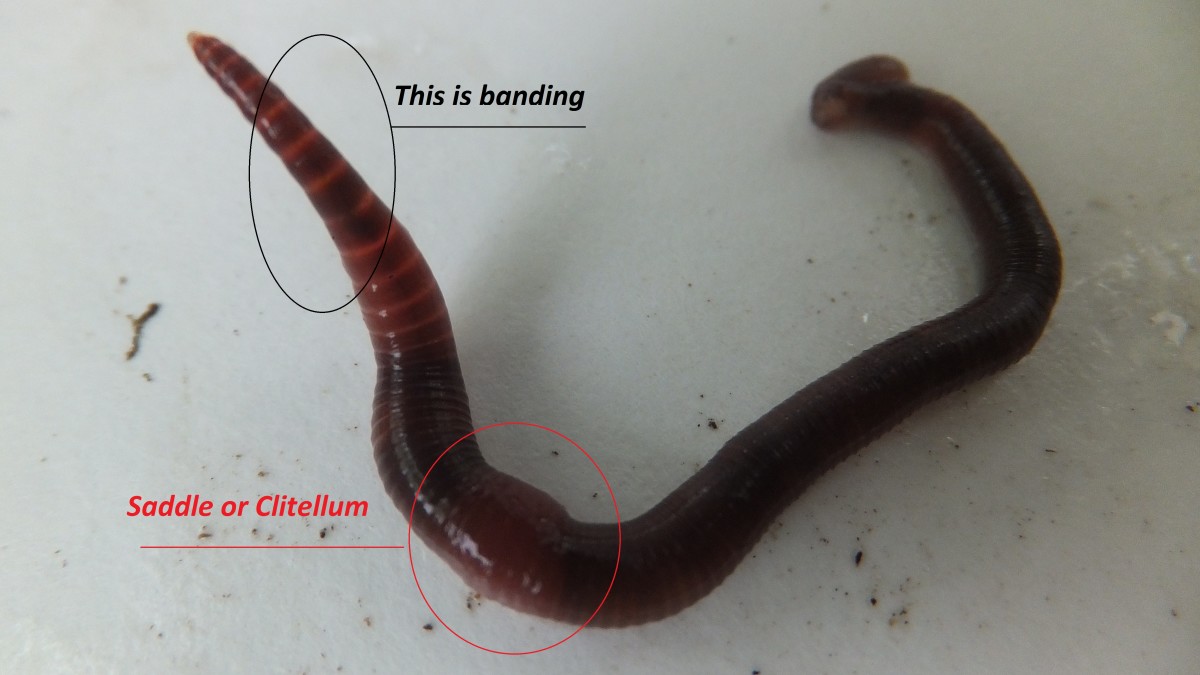Unlock the Tricks of Red Wigglers: Your Overview to Composting Success
The integration of red wigglers right into composting practices offers a considerable possibility for boosting dirt health and promoting sustainability. These microorganisms are not simply effective recyclers of organic waste; they supply a myriad of advantages that can change garden monitoring. Comprehending their demands and habits is critical for maximizing their capacity, from setting up a proper worm container to feeding them the appropriate products. As we discover the essential components of effective vermicomposting, one could wonder just how these little animals can lead to a more dynamic and productive yard community.

What Are Red Wigglers?
(Red Wiggler Express)Red wigglers, scientifically called Eisenia fetida, are a species of earthworm primarily used in composting because of their remarkable capacity to decompose raw material efficiently. These worms are characterized by their reddish-brown pigmentation and a fractional body, commonly measuring between 3 to 4 inches in length. Unlike various other earthworm species, red wigglers flourish in rich, organic environments, making them suitable for vermicomposting systems.
Belonging To North America, they are usually located in decaying fallen leaves and compost piles, where they play an important function in nutrient recycling. Their adaptation to staying in a damp, cardio environment enables them to eat large amounts of organic waste, simplifying right into nutrient-rich spreadings that enhance soil health and wellness.
Red wigglers recreate swiftly, with a solitary worm capable of producing numerous cocoons each week, each containing numerous hatchlings. Understanding the biology and actions of red wigglers is necessary for maximizing their capacity in composting applications.
Advantages of Utilizing Red Wigglers
Using the power of red wigglers in composting uses numerous benefits that boost soil wellness and advertise sustainable waste management. These exceptional microorganisms efficiently break down organic matter, transforming cooking area scraps and yard waste into nutrient-rich vermicompost. This finished product is incredibly helpful for plant development, as it improves soil framework, increases wetness retention, and enhances nutrient accessibility.

(Red Wiggler Express)Additionally, the presence of red wigglers in your composting system can increase the composting procedure, producing top notch garden compost in a portion of the time contrasted to traditional methods. The spreadings produced by these worms are additionally teeming with useful bacteria that even more enrich the soil the original source environment.
Establishing Your Worm Container
Producing a reliable worm container is a straightforward process that can substantially improve your composting initiatives. Worm bins can be made from plastic storage space containers, wood boxes, or commercially available worm containers.
Following, prepare the bed linen product, which serves as the worms' habitat. A mix of shredded paper, cardboard, and coconut coir works well, providing a comfortable environment for the worms.

Feeding Your Red Wigglers
To guarantee the wellness and productivity of your red wigglers, it is important to give them with a balanced diet regimen that fulfills their dietary demands. Red wigglers thrive on a diverse variety of natural materials, which not just supply essential nutrients yet additionally promote reliable composting.
Begin by integrating cooking area scraps such as vegetable peels, fruit cores, and coffee premises. Avoid citrus fruits, onions, and garlic, as these can be destructive to worm health and wellness. Furthermore, present shredded paper, cardboard, and completely dry leaves to develop a well-aerated setting.
Feeding frequency need to be kept track of; usually, worms can eat half their body weight in food weekly. It is vital to prevent overfeeding, as excess food can lead to undesirable smells and draw in parasites. An excellent technique is to include food in percentages, allowing worms to refine it prior to presenting much more.
Keeping moisture levels is also important; the bedding must perspire however not soggy. Finally, make sure to on a regular basis examine the temperature level and pH levels of the container to make sure an optimum setting for your red wigglers, inevitably enhancing their composting effectiveness.
Harvesting and Utilizing Garden Compost
A successful composting process with red wigglers culminates in the rich, dark compost called vermicompost, which can significantly boost dirt wellness and plant development. Gathering this nutrient-dense material commonly happens every three to 6 months, depending upon the dimension of your system and the quantity of raw material being refined.
To collect, carefully different the compost from the worms and any kind of undecomposed products. One efficient technique includes relocating the materials of the bin to one side and including fresh bed linens and food to the vacant room, motivating the worms to move. After a few days, the garden compost can be collected from the opposite side.
It is vital to make use of vermicompost appropriately to maximize its advantages. It can be made use of as a top clothing for yard beds, blended right into potting dirt, or brewed right into a nutrient-rich liquid plant food called "worm tea." This application technique helps to provide vital nutrients directly to plant roots, promoting healthier growth. By incorporating vermicompost into your horticulture program, you not only reuse organic waste however additionally produce a successful community that sustains lasting gardening practices.
Final Thought
In summary, red wigglers function as exceptional allies in composting efforts, changing organic waste into nutrient-rich vermicompost (Red Wiggler Express). Their distinct biological features and efficient waste handling capacities contribute substantially to lasting gardening techniques. By understanding the optimum conditions for their habitat, feeding needs, and compost harvesting strategies, garden enthusiasts can enhance soil wellness and promote plant vigor. Embracing vermicomposting not only reduces garbage dump waste yet additionally fosters an extra environmentally liable strategy to gardening and resource administration.